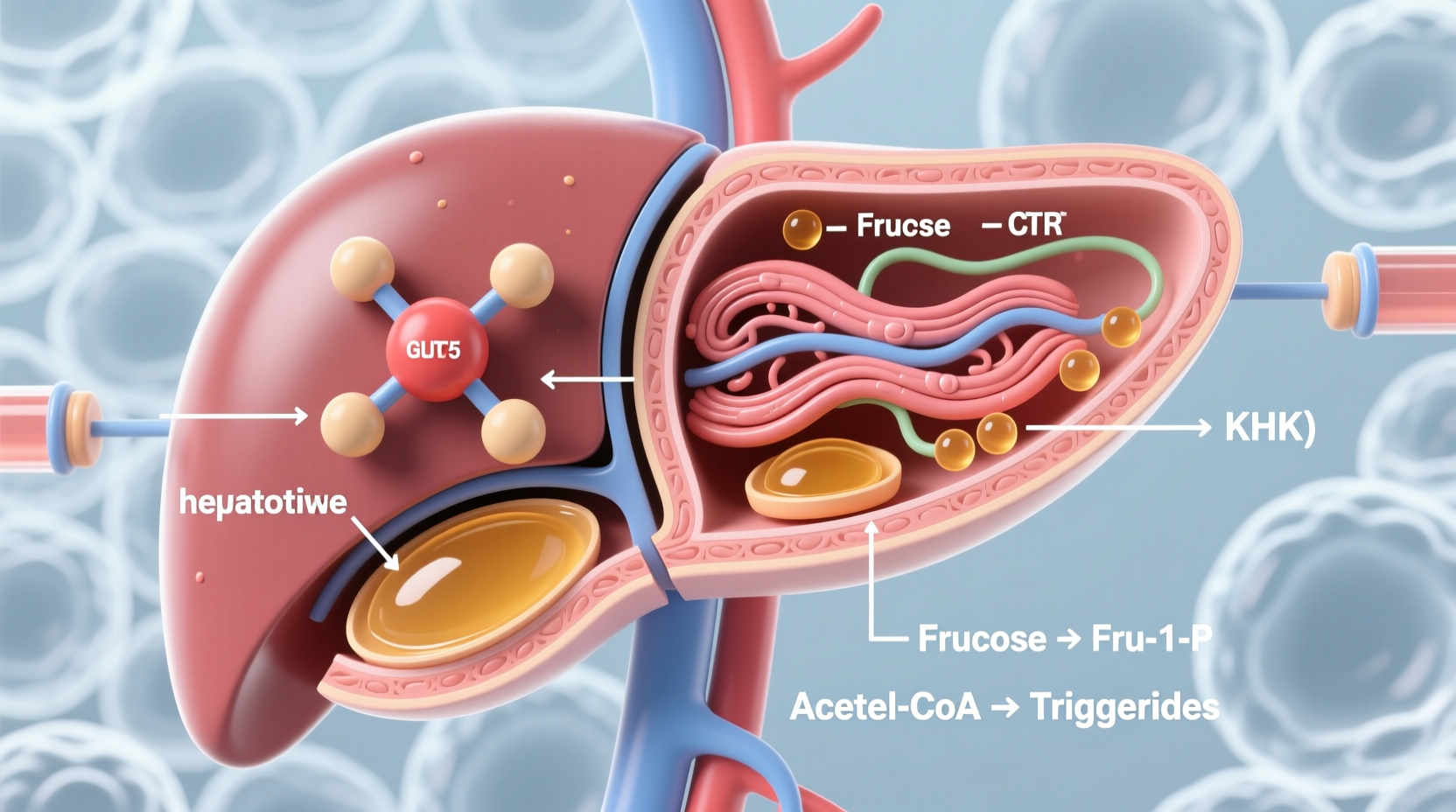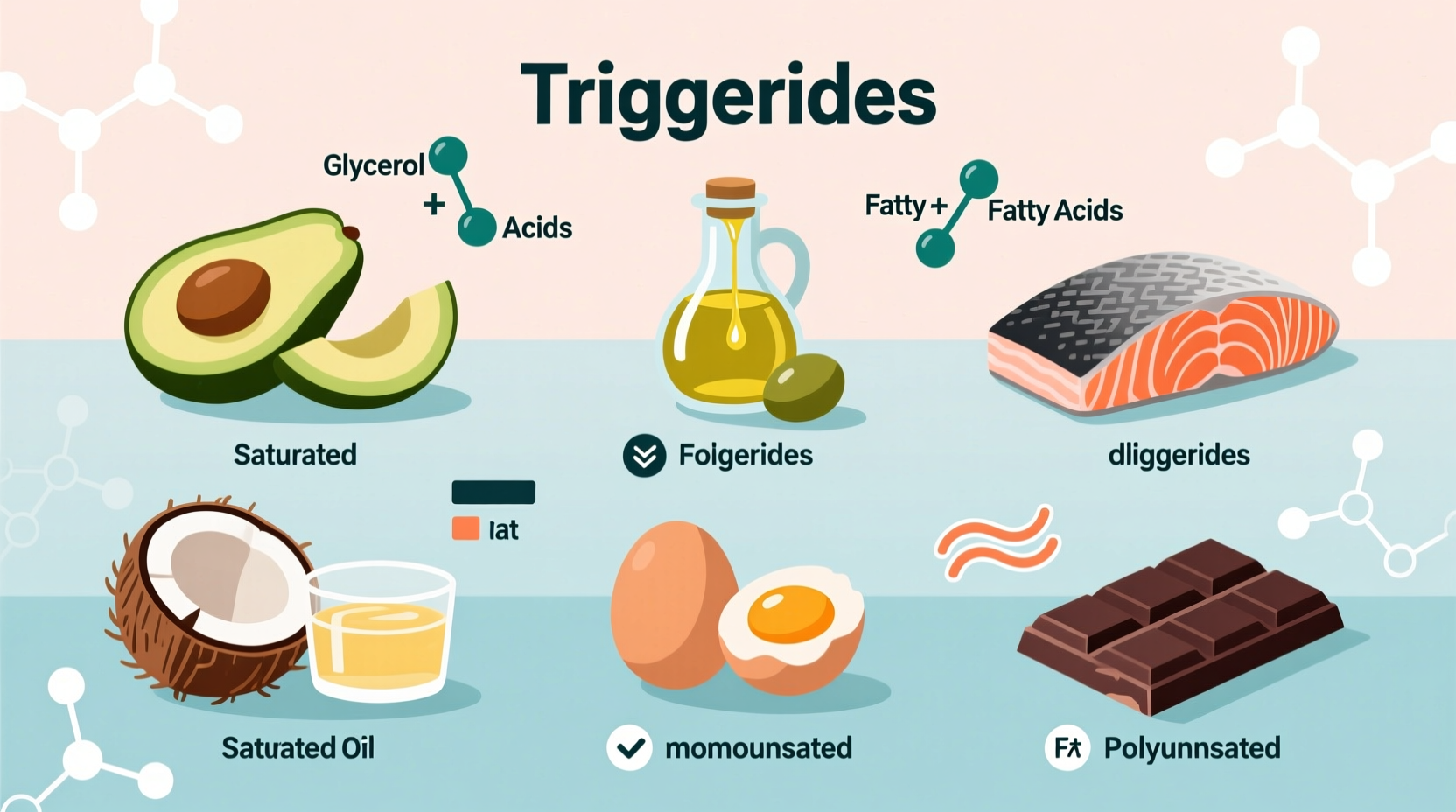Understanding the Triglyceride Misconception
Many people search for "what foods have triglycerides" with a fundamental misunderstanding. Triglycerides aren't ingredients in food like sugar or protein. They're lipids your body creates when you consume more calories than you immediately need. This metabolic process happens with any excess calories, regardless of whether they come from carbohydrates, fats, or proteins.
According to the American Heart Association, triglycerides serve as your body's main form of stored fat. When your triglyceride levels exceed 150 mg/dL, you enter the borderline high range, increasing cardiovascular risks. Understanding which foods contribute to elevated levels is crucial for heart health management.
How Food Converts to Triglycerides: The Metabolic Process
When you eat, your digestive system breaks down food into usable components. Any calories not immediately burned for energy get converted to triglycerides and stored in fat cells. This natural process becomes problematic when:
- You consistently consume more calories than you burn
- Your diet is high in specific triglyceride-raising components
- You have genetic predispositions affecting lipid metabolism
The National Heart, Lung, and Blood Institute explains that this conversion happens within hours of eating. Frequent consumption of problematic foods leads to chronically elevated triglyceride levels, contributing to metabolic syndrome.
Foods That Significantly Raise Triglyceride Levels
While any excess calories can increase triglycerides, certain foods have a more pronounced effect due to their composition and how your body processes them.
| Foods That Raise Triglycerides | Why They're Problematic | Frequency to Limit |
|---|---|---|
| Sugary beverages (soda, sweetened teas) | High fructose corn syrup directly converts to triglycerides in liver | Daily consumption increases risk by 85% (CDC) |
| Refined carbohydrates (white bread, pastries) | Rapid blood sugar spikes trigger fat storage mechanisms | Replace with whole grains for better management |
| Processed snack foods (chips, crackers) | Often contain hidden trans fats and excessive refined carbs | Weekly consumption linked to 30% higher levels |
| Excessive alcohol | Liver prioritizes alcohol metabolism over fat processing | More than 1 drink/day significantly raises levels |
The Science Behind Sugar and Triglyceride Production
Fructose, commonly found in processed foods and beverages, undergoes unique metabolic processing. Unlike glucose, which most cells can use directly, fructose is primarily metabolized in the liver. When consumed in excess, fructose converts directly to triglycerides through a process called de novo lipogenesis.
Research published in the Journal of the American College of Cardiology shows that consuming just 25% of daily calories from fructose can increase triglycerides by 32% within two weeks. This explains why sugary drinks represent one of the most significant dietary contributors to elevated triglyceride levels.

Foods That Help Lower Triglycerides
Just as certain foods raise triglycerides, strategic dietary choices can help reduce them. The Mayo Clinic recommends these evidence-based dietary approaches:
- Fatty fish (salmon, mackerel, herring) - Rich in omega-3 fatty acids that reduce liver triglyceride production
- High-fiber foods (oats, beans, lentils) - Slow carbohydrate absorption and reduce fat storage
- Healthy fats (avocados, olive oil, nuts) - Replace saturated fats while providing satiety
- Leafy greens (spinach, kale) - Contain antioxidants that improve lipid metabolism
Practical Dietary Strategies for Triglyceride Management
Implementing sustainable changes matters more than short-term fixes. These evidence-based approaches deliver measurable results:
Meal Timing and Portion Control
The Centers for Disease Control emphasizes that consistent meal timing prevents the blood sugar spikes that trigger triglyceride production. Try these practical techniques:
- Space meals 4-5 hours apart to maintain metabolic balance
- Use the plate method: ½ vegetables, ¼ lean protein, ¼ whole grains
- Measure portions initially until you recognize appropriate serving sizes
Smart Substitutions for Common Problem Foods
Small changes create significant impact over time. Replace these common triglyceride-raising foods with healthier alternatives:
- Soda → Sparkling water with citrus slices
- White rice → Cauliflower rice or quinoa
- Butter → Avocado or olive oil
- Candy bars → Apple with almond butter
When to Consult a Healthcare Professional
Dietary changes alone may not sufficiently address elevated triglycerides, especially when levels exceed 200 mg/dL. The American Heart Association recommends:
- Testing triglyceride levels every 5 years starting at age 20
- More frequent testing if you have diabetes, obesity, or family history
- Medical consultation when levels reach 500 mg/dL or higher
Remember that individual responses to dietary changes vary based on genetics, metabolism, and overall health status. A registered dietitian can provide personalized guidance that considers your specific health profile and lifestyle.











 浙公网安备
33010002000092号
浙公网安备
33010002000092号 浙B2-20120091-4
浙B2-20120091-4